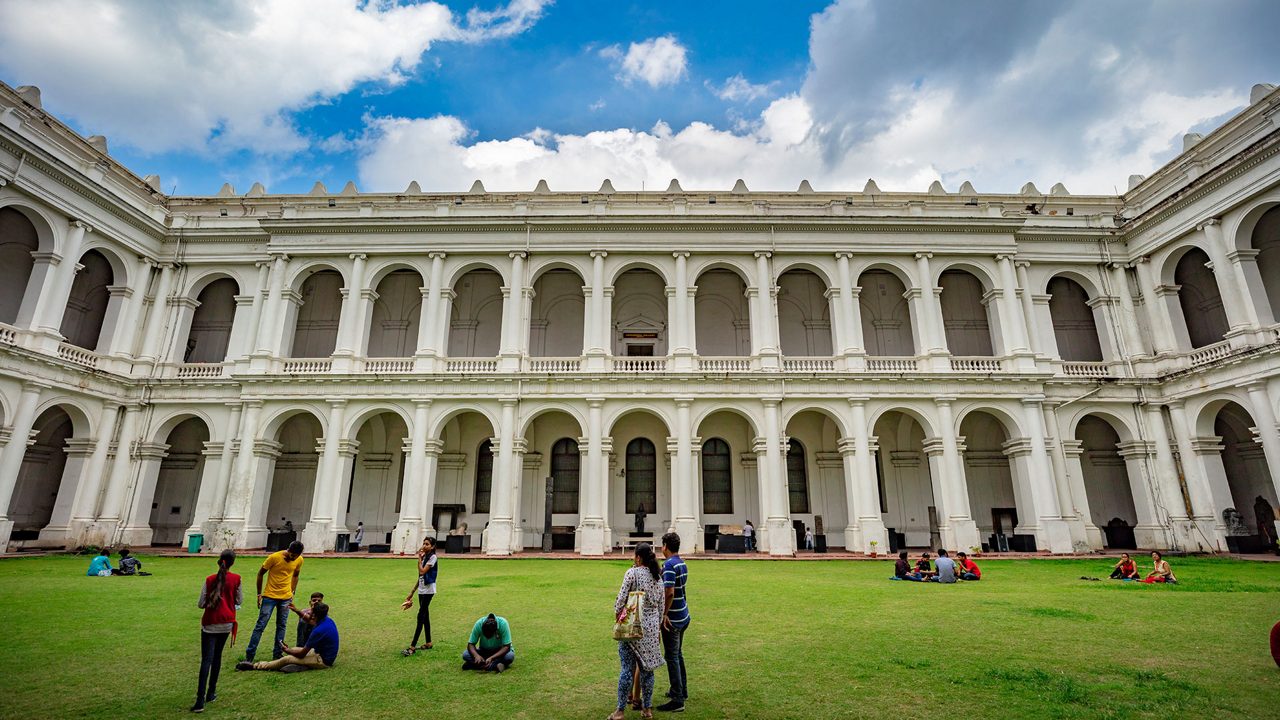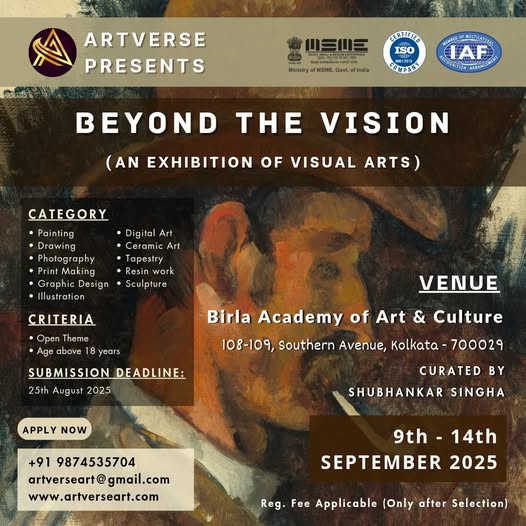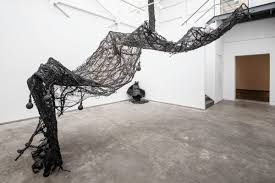
Menu

Phad painting is a traditional form of scroll painting that originates from Rajasthan, primarily practiced by the Joshi community of Bhilwara. This unique art form is not just a visual expression but a mobile narrative device used to depict the heroic tales of local deities and folk heroes, particularly Pabuji and Devnarayan.
What sets Phad paintings apart is their function—they are meant to be unfurled and read like a storybook by Bhopa priests, who are both singers and storytellers. These large scrolls, sometimes as long as 15 to 30 feet, serve as a backdrop during all-night storytelling performances accompanied by music and oral narration. As the Bhopa recites each part of the tale, he points to the relevant section of the painting, creating an interactive and immersive experience for the audience.
Traditionally, Phad paintings are done on a coarse cotton cloth that is soaked, starched, and burnished before painting. Natural pigments extracted from minerals, vegetables, and herbs are used to create rich, earthy colors. The paintings are characterized by bold lines, bright colors, and symmetrical compositions, often with multiple scenes placed within a single frame to represent different parts of the story.
The figures in Phad paintings are stylized, with large eyes and expressive gestures, and every element—from animals to trees—carries symbolic meaning. These artworks follow a specific iconography and sequence, which is crucial to the storytelling tradition.
In modern times, Phad painting has evolved beyond religious storytelling. Contemporary artists have started using this art form to depict historical events, social issues, and cultural themes, ensuring its relevance and survival.
Phad painting is more than an art—it’s a living tradition that combines performance, visual narrative, and devotion, making it a vibrant part of Rajasthan’s cultural heritage.



